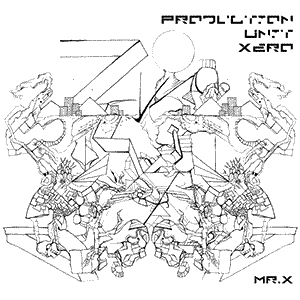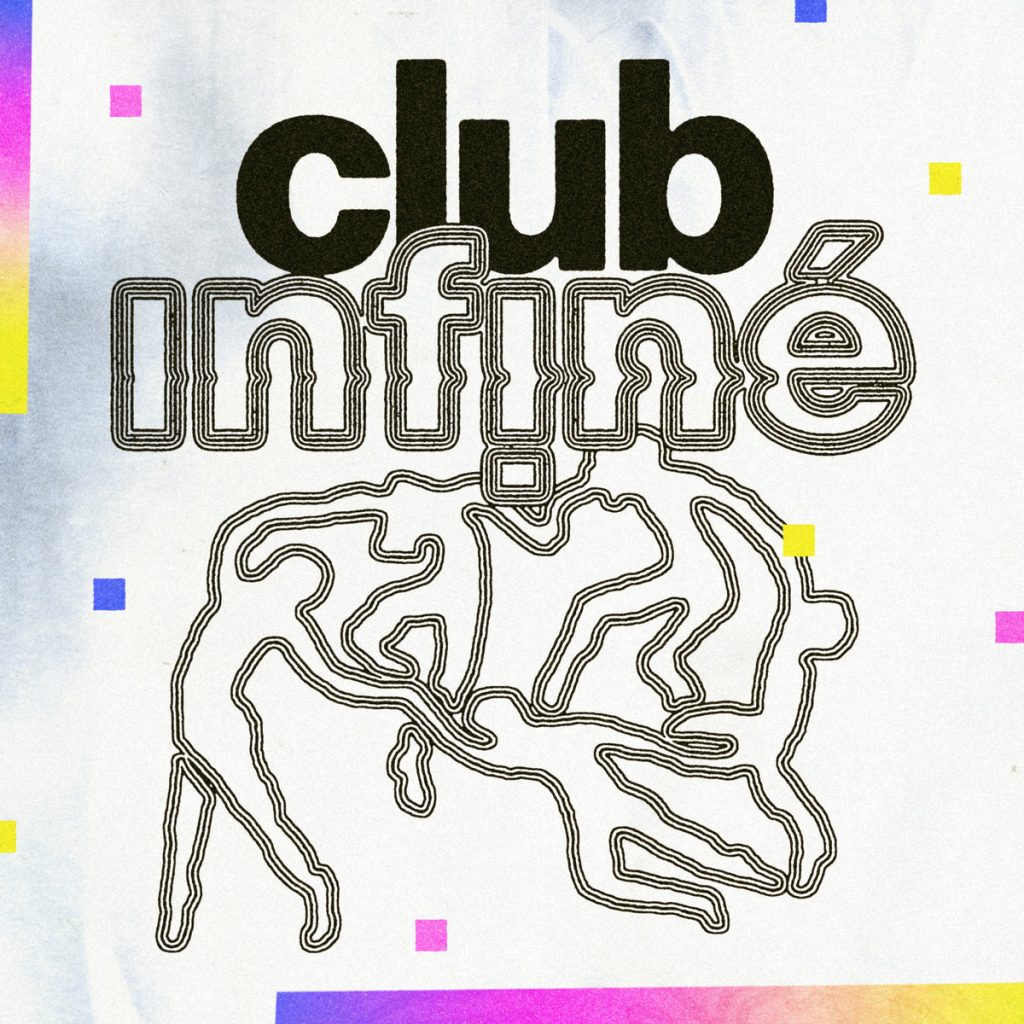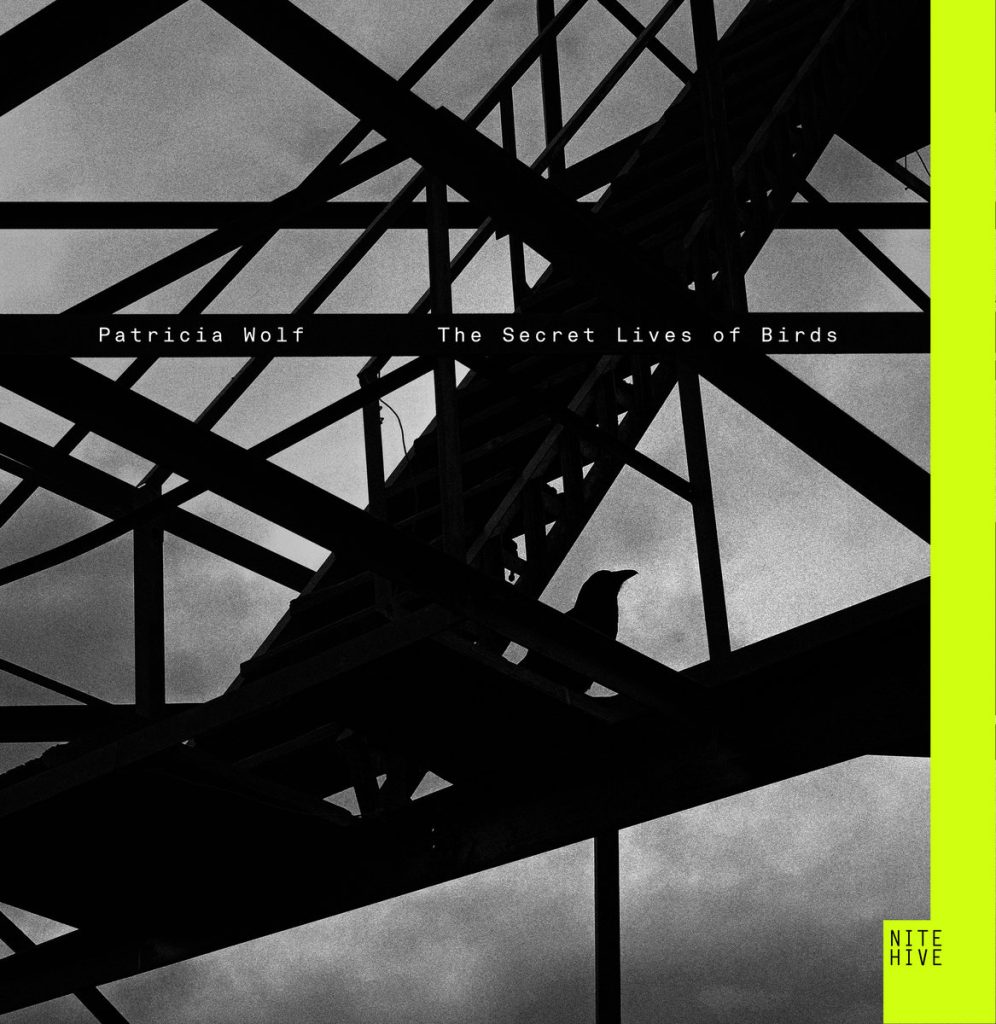What is Speedcore?
Speedcore: The Extreme Edge of Electronic Music
Introduction to Speedcore
Speedcore is an intense and high-tempo subgenre of hardcore techno that emerged in the early 1990s. Known for its breakneck speeds, typically exceeding 300 BPM (beats per minute), and its aggressive, distorted sound, speedcore is a genre that thrives on extremity. It appeals to a niche audience that craves the adrenaline rush and raw energy that only this music can provide. Despite its underground status, speedcore has carved out a distinct and influential place in the world of electronic music.
Origins and Influences
Speedcore developed from the hardcore techno scene, which itself was an offshoot of the early rave and acid house movements. The hardcore scene was characterized by its fast tempos, heavy use of distortion, and rebellious attitude. As some producers and DJs sought to push the limits of speed and intensity even further, speedcore was born.
Influences and Stylistic Elements
- Hardcore Techno: The roots of speedcore lie in hardcore techno, a genre that emerged in the late 1980s and early 1990s. Hardcore techno is known for its fast beats, distorted kick drums, and aggressive soundscapes. Artists like Lenny Dee and DJ Paul Elstak were pivotal in shaping this style.
- Industrial Music: The harsh, mechanical sounds of industrial music have also influenced speedcore. Bands like Throbbing Gristle, Skinny Puppy, and Front 242 contributed to the development of a sound that embraces noise and distortion, elements that are central to speedcore.
- Punk and Metal: The rebellious spirit and high energy of punk and metal music have seeped into speedcore. The genre shares the DIY ethos and anti-establishment attitude of punk, as well as the intense, powerful sound of metal.
Key Characteristics of Speedcore
Speedcore is defined by several key characteristics that set it apart from other genres of electronic music:
- High BPM: Speedcore tracks typically have tempos exceeding 300 BPM, with some tracks reaching speeds of 1000 BPM or more. This relentless pace creates an intense listening experience.
- Distorted Kick Drums: The kick drum is a central element in speedcore, often heavily distorted to create a harsh, aggressive sound. This “hardcore kick” is a defining feature of the genre.
- Noise and Distortion: Speedcore embraces noise and distortion, using them as primary elements rather than background effects. This results in a sound that is raw, abrasive, and chaotic.
- Short Track Lengths: Due to their extreme intensity, speedcore tracks are often shorter than those in other genres, frequently lasting between one and three minutes. This brevity helps maintain the energy and impact of the music.
- Aggressive Themes: The thematic content of speedcore often reflects its intense sound, with aggressive, dark, and sometimes violent or political themes.
Notable Artists and Albums
Several artists have been instrumental in the development and popularization of speedcore. Here are some of the top artists and albums that have defined the genre:
- DJ Skinhead
- Album: “Extreme Terror” (1996)
- Notable Tracks: “Extreme Terror,” “Take It Harder”
- Description: DJ Skinhead, also known as Oliver Chesler, is one of the pioneers of speedcore. His album “Extreme Terror” is a seminal work in the genre, featuring relentless beats and aggressive soundscapes that set the standard for speedcore.
- Noisekick
- Album: “Speedcore Worldwide 2007” (2007)
- Notable Tracks: “Evil Death,” “Skullbreak”
- Description: Noisekick, the alias of Raymond Smit, is a key figure in the speedcore scene. His album “Speedcore Worldwide 2007” showcases his ability to create intense, high-energy tracks that are both brutal and captivating.
- Delta 9
- Album: “The Hate Tank” (1995)
- Notable Tracks: “No More Regrets,” “Silent Scream”
- Description: Delta 9, the stage name of Dave Rodgers, has been a prominent force in the speedcore genre. His album “The Hate Tank” features fast tempos, distorted beats, and a raw, uncompromising sound.
- The Berzerker
- Album: “The Berzerker” (2000)
- Notable Tracks: “Forever,” “Cannibal Rights”
- Description: The Berzerker, a band led by Luke Kenny, combines speedcore with elements of death metal and industrial music. Their self-titled album is a brutal, high-speed assault on the senses, blending extreme electronic beats with heavy guitars and aggressive vocals.
- Angerfist
- Album: “Mutilate” (2008)
- Notable Tracks: “Incoming,” “Criminally Insane”
- Description: Angerfist, the alias of Danny Masseling, is one of the most well-known names in the hardcore and speedcore scenes. His album “Mutilate” features a mix of hardcore and speedcore tracks that are both intense and meticulously produced.
The Evolution of Speedcore
Speedcore has evolved significantly since its inception in the early 1990s, adapting to changes in technology, production techniques, and audience preferences. The genre has also influenced and been influenced by other forms of electronic music, leading to the development of new subgenres and styles.
Early Years (1990s)
- Emergence of the Genre: Speedcore emerged as a distinct genre in the early 1990s, with producers experimenting with faster tempos and more aggressive sounds than traditional hardcore techno. Early pioneers like DJ Skinhead and Delta 9 helped to define the genre’s sound.
- Underground Scene: In its early years, speedcore was primarily an underground phenomenon, thriving in the rave and warehouse party scenes. The genre’s extreme nature made it a favorite among those seeking the most intense and adrenaline-pumping music.
Mainstream Awareness (2000s)
- Global Reach: By the early 2000s, speedcore had gained a dedicated following worldwide. Artists like Noisekick and Angerfist helped to bring the genre to a larger audience, performing at festivals and events around the globe.
- Crossover with Other Genres: During this period, speedcore began to cross over with other genres such as industrial and metal. This fusion led to the development of new subgenres and styles, expanding the genre’s reach and influence.
Modern Era (2010s-Present)
- Technological Advancements: Advances in music production technology have allowed producers to create even more complex and dynamic speedcore tracks. Digital audio workstations (DAWs), software synthesizers, and advanced effects processing have expanded the creative possibilities within the genre.
- Continued Evolution: Speedcore continues to evolve, with new artists and producers bringing fresh ideas and influences to the genre. While maintaining its core characteristics, speedcore has adapted to contemporary trends in electronic music, ensuring its relevance in the modern EDM landscape.
Influential Tracks and Albums
Several tracks and albums have played a significant role in shaping the speedcore genre, each contributing to its development and popularity:
- “Extreme Terror” by DJ Skinhead: This track is one of the most iconic speedcore anthems, known for its relentless pace, distorted beats, and aggressive energy. It has become a staple in DJ sets and continues to be a favorite among fans of the genre.
- “Skullbreak” by Noisekick: “Skullbreak” is a high-energy track that showcases Noisekick’s talent for creating intense, driving rhythms and chaotic soundscapes. Its powerful beats and relentless pace have made it a classic in the speedcore scene.
- “No More Regrets” by Delta 9: This track is a seminal work in the speedcore genre, featuring fast tempos, distorted beats, and a raw, uncompromising sound. Its intense energy and aggressive style have made it a standout track in the genre.
- “Forever” by The Berzerker: Combining speedcore with elements of death metal and industrial music, “Forever” is a brutal, high-speed assault on the senses. Its blend of extreme electronic beats, heavy guitars, and aggressive vocals has made it a favorite among fans of both genres.
- “Incoming” by Angerfist: This track is a speedcore anthem, known for its powerful bassline, high-energy beats, and aggressive soundscapes. It has become a favorite in clubs and festivals, solidifying Angerfist’s status as a leading figure in the genre.
The Role of DJs and Live Performances
DJs and live performances have played a crucial role in the development and popularity of speedcore. The genre’s high-energy and intense nature makes it particularly well-suited for live settings, where the powerful beats and aggressive soundscapes can create an electrifying atmosphere.
DJs as Influencers
- Pioneering DJs: DJs like DJ Skinhead, Delta 9, and Angerfist were among the early adopters of speedcore, helping to introduce the genre to wider audiences. Their sets often featured a mix of speedcore tracks and other forms of electronic music, creating a seamless blend that captivated listeners.
- Mix Albums and Radio Shows: Mix albums and radio shows have been instrumental in promoting speedcore. Compilations like the “Thunderdome” series and radio shows such as “Masters of Hardcore Radio” have showcased speedcore tracks, bringing the genre to a global audience and helping to cement its place in the electronic music landscape.
Live Performances
- Festival Anthems: Speedcore tracks are often designed to be played at large festivals and raves, where their high-energy and aggressive nature can have a profound impact on the crowd. Events like Thunderdome, Masters of Hardcore, and Dominator have featured speedcore artists, helping to popularize the genre.
- Interactive Performances: DJs and producers in the speedcore scene often incorporate live elements into their performances, using hardware sequencers, drum machines, and synthesizers to manipulate tracks in real-time. This creates a more dynamic and engaging experience for the audience.
Club Culture
- Underground Scene: Speedcore has deep roots in the underground club scene, where its intense beats and chaotic soundscapes have found a dedicated following. Clubs like Tresor in Berlin and The End in London have been pivotal in promoting the genre.
- Club Residencies: Many speedcore DJs have held residencies at prominent clubs, where they have had the opportunity to refine their sound and build a loyal fan base. These residencies have helped to establish speedcore as a staple of the club scene.
Modern Speedcore: New Directions and Innovations
Speedcore continues to evolve, with new artists and producers bringing fresh ideas and influences to the genre. Here are some of the ways in which modern speedcore is innovating and expanding:
Fusion with Other Genres
- Breakcore Influence: Modern speedcore often incorporates elements of breakcore, a genre known for its complex breakbeats and experimental sound. This fusion has led to the development of tracks that feature the driving rhythms and aggressive soundscapes of speedcore, combined with the intricate beats and unpredictable structures of breakcore.
- Digital Hardcore Elements: Digital hardcore, a genre that blends hardcore punk with electronic music, has also influenced modern speedcore. Producers are blending the two genres to create tracks that are both intense and politically charged, reflecting the DIY ethos and anti-establishment attitude of punk.
Advanced Production Techniques
- Digital Production: Advances in digital production technology have allowed producers to create more complex and polished speedcore tracks. Software synthesizers, digital audio workstations (DAWs), and advanced effects processing have expanded the creative possibilities within the genre.
- Sound Design: Modern speedcore producers are experimenting with new sound design techniques, using modular synthesizers, granular synthesis, and other advanced methods to create unique and innovative sounds.
Rising Artists and New Releases
- Tymon: Known for his high-energy tracks and powerful DJ sets, Tymon has become a leading figure in the modern speedcore scene. His releases on labels like Enzyme Records and Neophyte Records showcase his talent for creating intense, driving rhythms and chaotic soundscapes.
- Hellsystem: Italian producer Hellsystem has made a name for himself with his powerful speedcore productions and energetic performances. His tracks, such as “Back From The Dead” and “Set Me Up,” have been supported by top DJs and have become anthems within the genre.
- Al Twisted: With a background in both hardcore and industrial music, Al Twisted has developed a unique sound that blends the best elements of both genres. His tracks, like “Twisted Brain” and “Devil’s Rejects,” are known for their powerful energy and intricate sound design.
The Global Speedcore Community
The speedcore community is a vibrant and dedicated group of fans, artists, and promoters who share a passion for the genre. This community plays a crucial role in keeping speedcore alive and thriving, through events, online forums, and social media.
Events and Festivals
- Thunderdome: One of the most iconic hardcore festivals, Thunderdome has been instrumental in promoting speedcore. The festival features top speedcore artists and attracts fans from around the world, providing a platform for the genre to reach a larger audience.
- Masters of Hardcore: Another key player in the hardcore scene, Masters of Hardcore hosts events that feature speedcore alongside other forms of hardcore techno. Their events are known for their high-energy atmosphere and top-notch production values.
Online Communities
- Forums and Social Media Groups: Online forums and social media groups dedicated to speedcore provide a space for fans to discuss the genre, share music, and connect with like-minded individuals. Platforms like Reddit, Facebook, and Discord have active speedcore communities that contribute to the genre’s ongoing evolution.
- Streaming Services: Streaming platforms like SoundCloud, Mixcloud, and Spotify have become essential tools for discovering new speedcore music and connecting with artists. Many DJs and producers regularly upload mixes, tracks, and live sets, making it easier for fans to stay up-to-date with the latest releases.
Celebrating Speedcore: A Genre That Defies Limits
Speedcore is a genre that has consistently delivered high-energy, chaotic experiences for its listeners. With its roots in the early rave and hardcore techno scenes and its ongoing evolution through modern influences and advanced production techniques, speedcore remains a powerful force in the world of electronic music. The dedication of its artists, DJs, and fans ensures that the genre continues to thrive, providing a soundtrack for both underground raves and large-scale festivals that are unforgettable and full of energy. As speedcore continues to evolve and inspire new generations of producers and DJs, its legacy as the extreme edge of electronic music is firmly secured.




